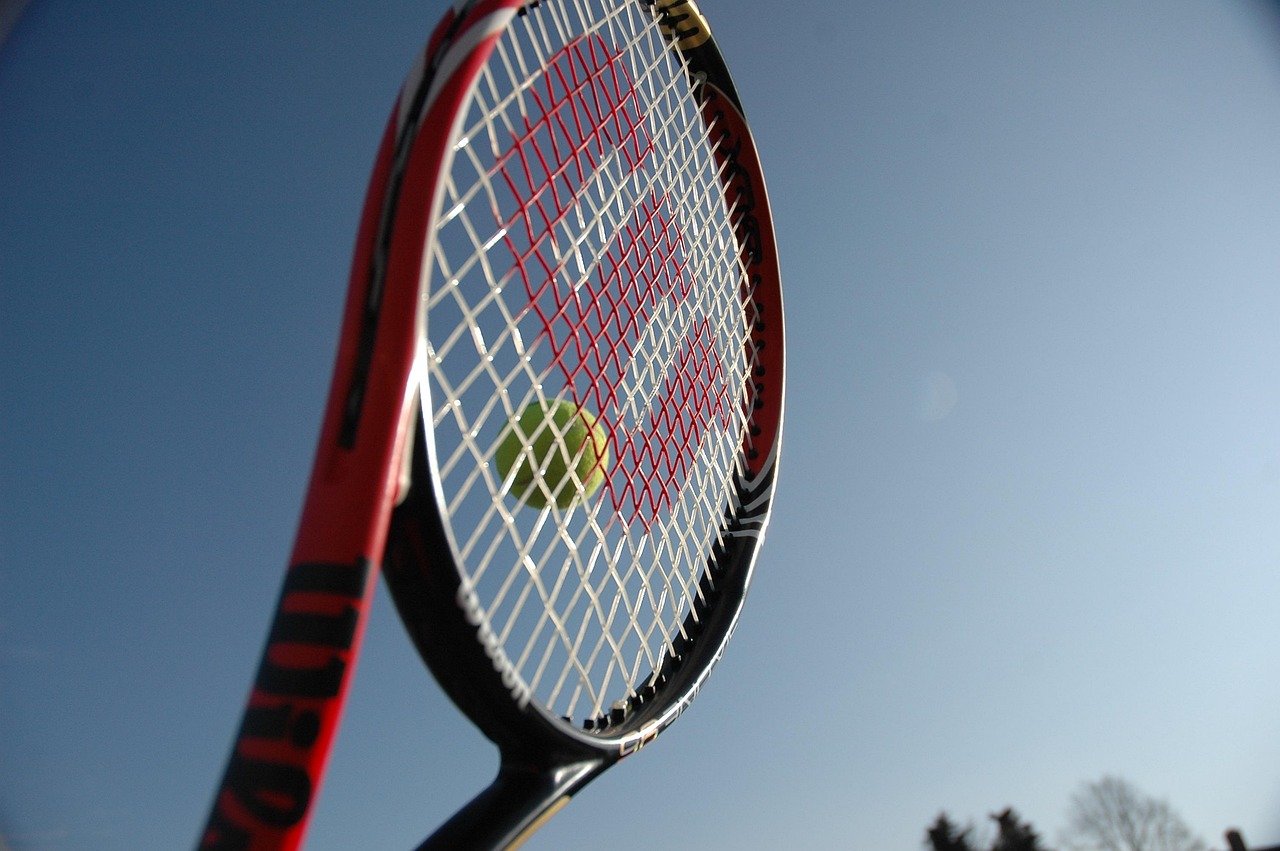Tennis Racquet: Guide to Choosing and Using the Right Equipment
A tennis racquet is the primary piece of equipment that shapes how you play the sport, influencing power, control, and comfort. Whether you are a beginner learning fundamentals or an experienced player refining technique, understanding racquet features helps you make informed choices. This article explains how racquet design, materials, sizing, and maintenance affect play and how a racquet fits into broader tennis equipment needs.

What role does a tennis racquet play in tennis?
The tennis racquet is the interface between player and ball, converting swing mechanics into ball speed, spin, and placement. Head size, string pattern, and frame stiffness all influence forgiveness and control. For recreational players, a larger head and more flexible frame often provide easier power and a larger sweet spot. Competitive players frequently prioritize precision, choosing racquets with smaller heads, firmer frames, and tighter string patterns. Understanding these trade-offs helps match a racquet to playing style and physical ability.
How do racquet materials affect performance?
Racquet frames are commonly made from graphite, carbon fiber composites, or aluminum alloys. Graphite and carbon blends offer a balance of stiffness and damping, delivering crisp response with reduced vibration. Aluminum is more affordable and heavier at similar stiffness, often used in beginner models. Some racquets incorporate layers of other materials (e.g., Kevlar, fiberglass) to tune feel and resilience. Material choice affects swing weight, torsional stability, and shock transmission—key factors for injury prevention and shot consistency.
How to choose a tennis racquet for your level
Selecting the right racquet involves head size, weight, balance, grip size, and string pattern. Beginners usually benefit from larger head sizes (100+ sq in) and lighter frames (9–10.5 oz unstrung) for easier power and maneuverability. Intermediate and advanced players often prefer mid-plus or midsize heads (85–100 sq in) with heavier frames (around 10.5–12.5 oz unstrung) for stability and control. Grip size should allow a relaxed wrist with one to two fingers width between palm and fingers. String pattern (open vs dense) influences spin potential and durability.
How to maintain and string your racquet
Regular maintenance extends racquet life and preserves performance. Check grommets and frame for cracks, and replace worn grips to maintain proper handle dimensions. Strings lose tension over time; recreational players should consider restringing every few months or after 40–100 hours of play, while competitive players restring more frequently. String type—synthetic gut, multifilament, polyester, or natural gut—affects feel and tension retention. Store racquets in a temperature-stable bag to avoid heat-related damage. Proper string tension choices balance power and control based on play style.
How the racquet fits into overall sport equipment
A racquet is one part of a broader kit that includes balls, shoes, apparel, and supportive gear. Court shoes designed for lateral movement reduce injury risk and complement racquet choice by enabling better footwork and positioning. Ball type (pressureless vs pressurized) affects bounce and how the racquet feels on contact. A racket bag with compartments protects multiple racquets and stores strings, grips, and tools. Consider how your racquet pairs with other equipment to support endurance, safety, and consistent performance on court.
Conclusion
Choosing and caring for a tennis racquet involves balancing materials, design, and personal needs to match playing level and goals. By evaluating head size, weight, grip, stringing, and maintenance practices, players can optimize how the racquet supports technique and reduces the chance of discomfort or injury. The racquet’s role within your overall equipment setup—shoes, balls, and storage—also contributes to reliable performance and enjoyment of the sport.






